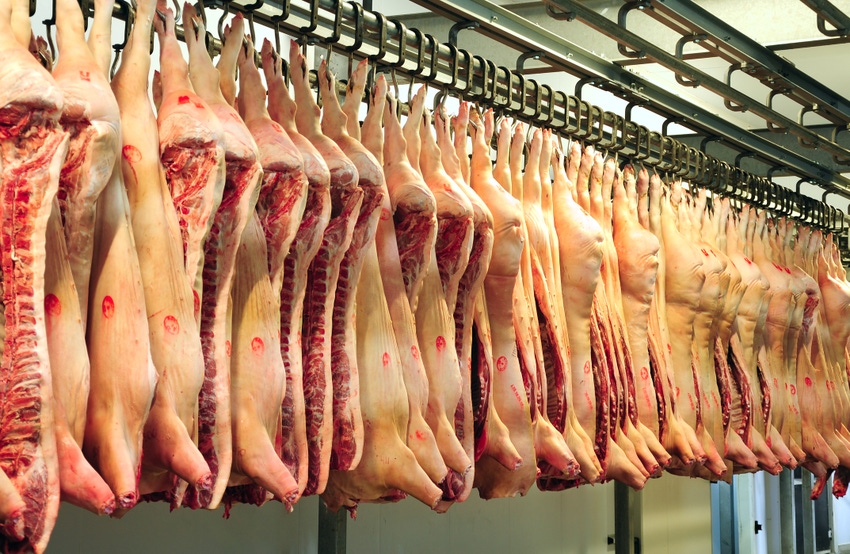Companies that before used domestic pork products for their further-processed products are now looking to imported raw materials.

Vietnam has been dealing with the impact of African swine fever (ASF) for several months, and meat processors are actively looking to secure more imported pork, according to U.S. Meat Export Federation (USMEF) senior director of technical services and access Travis Arp, who just returned from meetings in Vietnam and the Philippines.
Since ASF was first confirmed in Vietnam in February of this year, the disease has spread to all of the country's 63 provinces. Currently, USMEF said Vietnam's ASF-related hog losses are estimated at 4.7 million head, and its hog inventory is down 19% from the beginning of the year.
“Many of the processors were very concerned about the African swine fever situation in Vietnam,” Arp relayed. “It’s extremely widespread across the entire country and pork production has been significantly impacted.”
Companies that might traditionally use many domestic pork products for their further-processed finished products are now looking to imported raw materials, Arp said, adding that the U.S. is very well positioned to be a good, consistent supplier for these businesses.
He said there was a lot of interest from those companies, with many of them discussing future purchases at the meetings.
USMEF also reported that the Philippines, which is already a large pork importer, is just beginning to feel the impact of ASF. The disease was first confirmed in the Philippines in early September, although investigations into possible ASF cases began about a month earlier, USMEF noted.
According to the Philippine government's most recent estimate, about 20,000 pigs have been lost to ASF or were culled to prevent further spread of the disease.
Arp said during the few days the team visited, they found that the local industry is starting to wrap its head around the impact that ASF may have in the region.
“They have a very large backyard hog population, and so much of the industry is still trying to gauge what the potential impact could be to pork production,” he said.
“Given the amount of products they produce on the further-processed side and consume domestically, there is going to be a continued demand for pork from all over the world in order to meet their demand needs,” Arp continued.
Other countries in Southeast Asia where ASF is present include Cambodia, Laos and Myanmar. The disease was also recently confirmed in East Timor.
About the Author(s)
You May Also Like




.png?width=300&auto=webp&quality=80&disable=upscale)
